Espresso enthusiasts often find themselves puzzled by the high price tags attached to quality espresso grinders. Unlike other coffee brewing methods, making the perfect espresso requires a consistent grind size and impeccable precision, which is why the right grinder is just as essential as the espresso machine itself. But why are espresso grinders so expensive, and is the investment truly justified?
Understanding the true value behind an espresso grinder’s price involves looking beyond the surface. The cost of these machines is influenced by a range of factors, including the quality of materials, engineering precision, advanced features, craftsmanship, and brand reputation. By delving into these aspects, we can unravel why espresso grinders come with such a hefty price tag and how they deliver exceptional value over time.
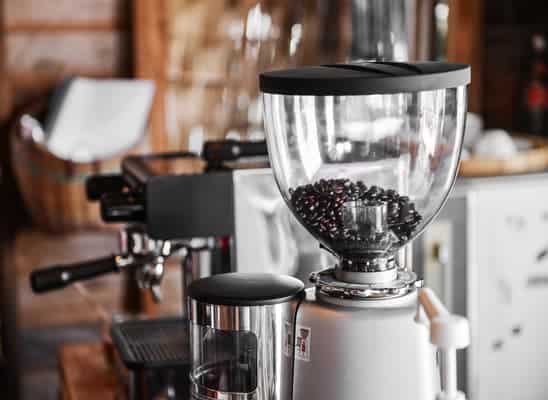
The Engineering Behind High-Quality Espresso Grinders
When you pay a premium for an espresso grinder, a significant portion of that cost is dedicated to engineering excellence. From the burr design to the motor quality, every component is meticulously crafted to ensure consistent grind size and uniform extraction.
Precision Grinding Mechanism: Burr vs. Blade Grinders
The grinding mechanism is a crucial component of any grinder. High-end grinders almost exclusively use burrs, rather than blades, to achieve superior grind consistency. Burr grinders, whether flat or conical, deliver uniform grind particles essential for precise espresso brewing. Blade grinders, on the other hand, chop the beans unevenly, resulting in inconsistent extraction and a subpar cup of coffee.
This attention to detail in burr design and alignment significantly adds to the cost of espresso grinders. To produce a machine with minimal grind size variation, manufacturers invest in high-quality materials, precision engineering, and rigorous quality control—factors that aren’t as critical for cheaper blade grinders.
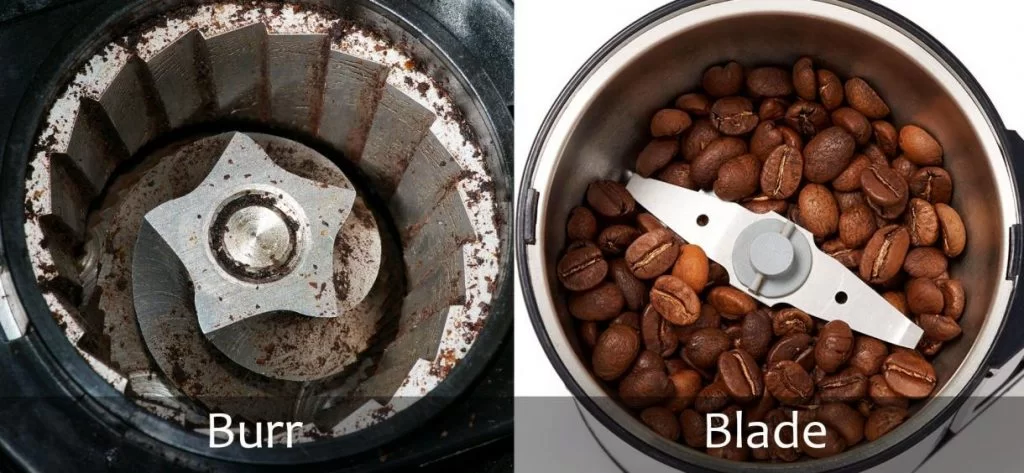
Motor Quality and Durability: Why It Matters
Another key factor in grinder pricing is the quality and durability of the motor. High-performance espresso grinders are equipped with powerful, reliable motors that can maintain a consistent speed even under heavy use.
This not only ensures a uniform grind size but also prevents overheating, which can alter the flavor profile of the coffee beans.
Durable motors are built to withstand frequent use and provide longevity, making them a preferred choice for both home and commercial settings. These motors are often engineered to reduce noise and vibration, enhancing the user experience, which again, adds to the overall cost.
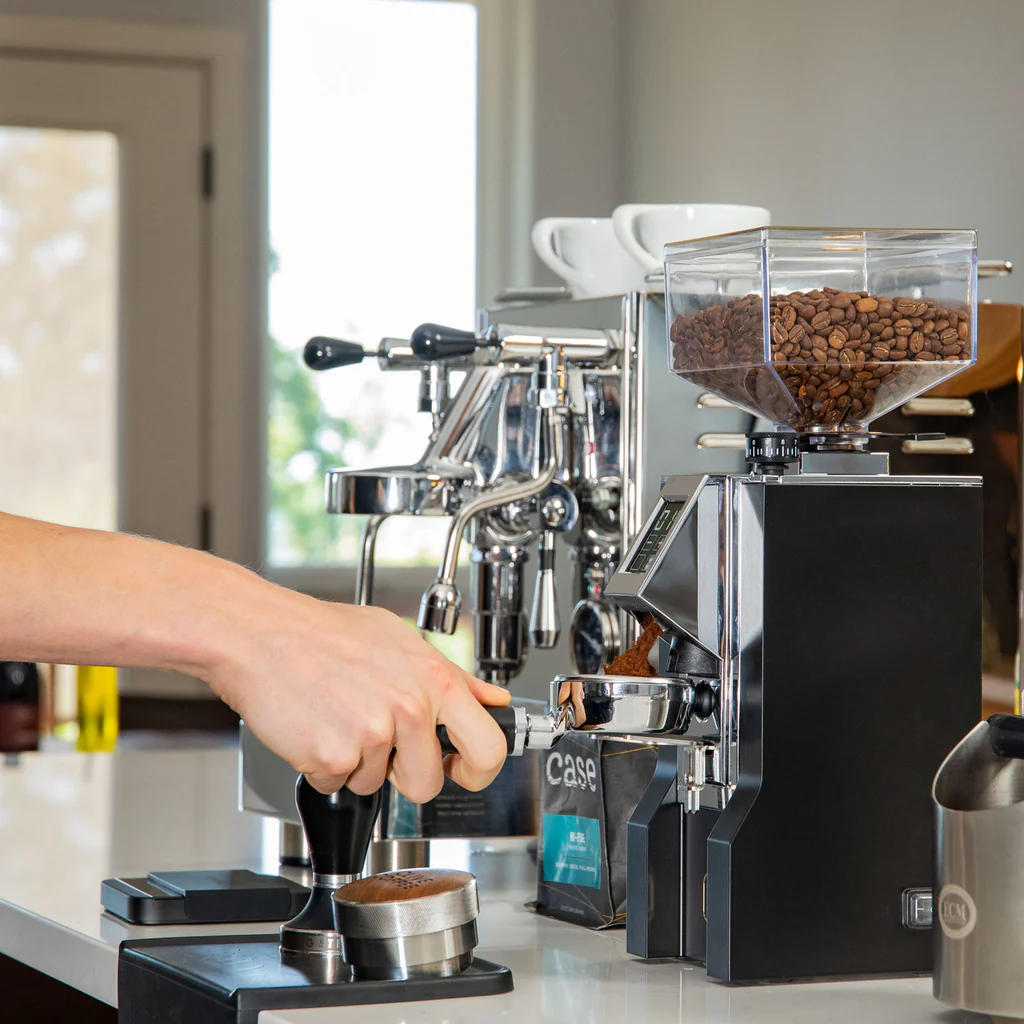
Material Choices: Impact on Cost and Longevity
The materials used in an espresso grinder can greatly influence its price and performance. High-quality materials like stainless steel, aluminum, and premium plastics are chosen for their durability, impact resistance, and aesthetic appeal. Using cheaper alternatives would compromise the machine’s longevity and efficiency.
Ceramic vs. Stainless Steel Burrs: Which One is Better?
Ceramic and stainless steel are the two main types of burr materials found in espresso grinders. Ceramic burrs are often more expensive due to their ability to stay sharper longer and resist heat, which can impact the flavor of the coffee. Stainless steel burrs, while typically more affordable, are known for their durability and sharper edge, making them a popular choice for high-volume settings.
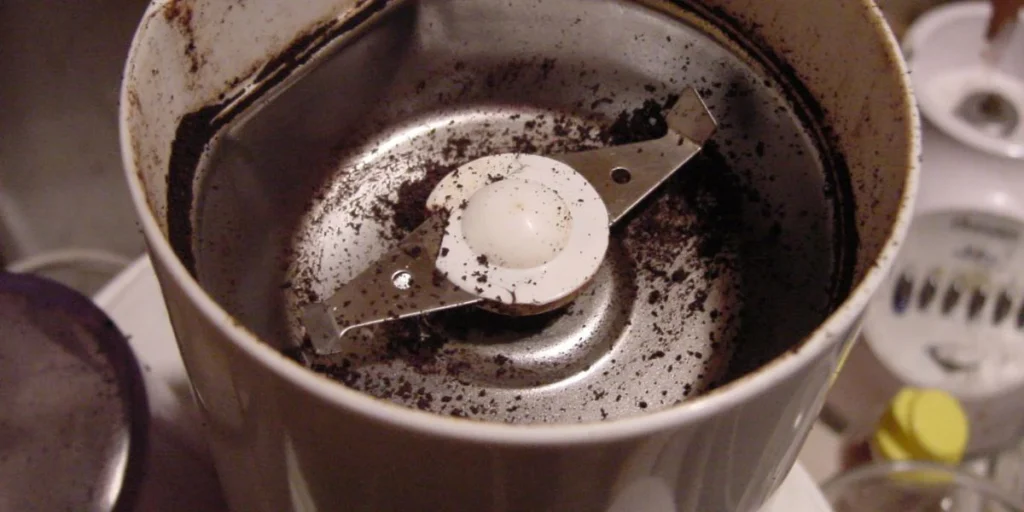
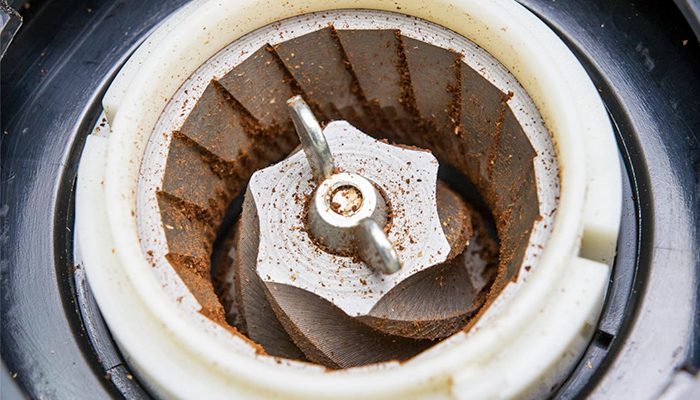
Housing Materials: Plastic, Aluminum, or Steel?
The outer casing of an espresso grinder can also vary widely. High-end models often feature aluminum or stainless steel housings, which provide greater stability and durability. Cheaper models may use plastic, which is lighter but less sturdy and prone to wear over time.
Advanced Features That Add to the Price
Premium espresso grinders often come equipped with advanced features that enhance usability and precision. These features, while adding to the cost, offer convenience and greater control over the grinding process.
Dosing Control and Programmability
Many high-end grinders include programmable dosing settings, allowing users to set specific grind times and quantities for precise measurements. This level of control is essential for those seeking to replicate the same shot quality consistently. Such programmable features are typically absent in lower-end models, reflecting the price difference.
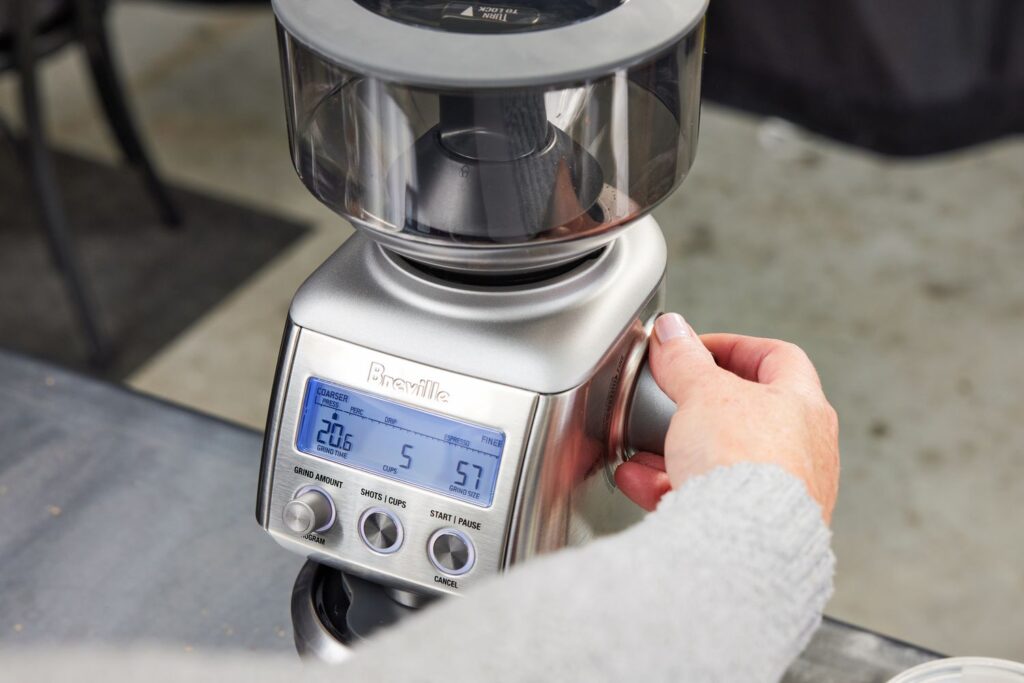
Noise Reduction and Stability
Another area where high-quality grinders excel is in noise reduction and stability. Through the use of superior insulation materials and anti-vibration designs, these grinders minimize operational noise, making them ideal for home use or commercial environments where noise is a concern.

How Design and Craftsmanship Affect Espresso Grinder Costs
Design and craftsmanship are often overlooked aspects that significantly contribute to the price of espresso grinders. It’s not just about how the grinder looks, but how well it’s built and how effectively it performs its task.
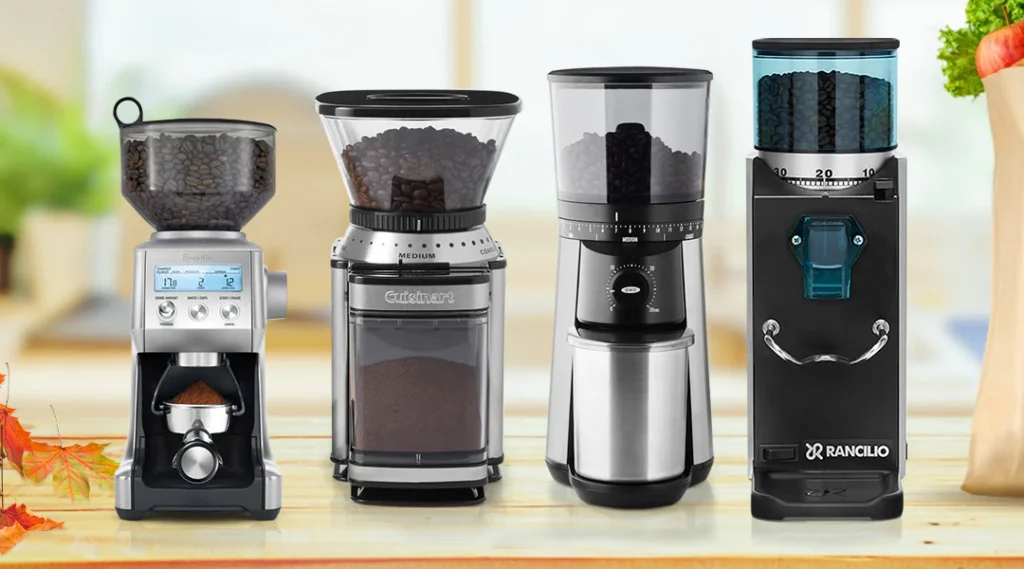
- Precision in Manufacturing: The Role of Craftsmanship High-end grinders are meticulously crafted to meet exacting standards, ensuring that every component fits together perfectly. This level of precision manufacturing is time-consuming and costly but results in a machine that operates smoothly and lasts longer.
- Aesthetic Design vs. Functional Design: Finding the Balance Manufacturers of premium espresso grinders pay close attention to both aesthetic and functional design. While some brands focus on sleek, modern aesthetics, others emphasize functional elements like ease of cleaning and ergonomic features. Balancing these aspects without compromising on quality or performance is a challenging task that often comes with a higher price tag.
- Country of Origin: How Production Location Impacts Cost The country of manufacture can also affect the price of espresso grinders. Machines produced in countries known for their engineering expertise, such as Italy or Germany, often command higher prices due to labor costs, quality control, and materials. While grinders made in other regions may be cheaper, they might not offer the same level of quality and precision.
Comparing Commercial and Home Espresso Grinders
Espresso grinders can be broadly categorized into commercial and home-use models, each with distinct features and cost structures.
Commercial Grinders: Built for High Performance
Commercial grinders are designed for heavy use in cafes and restaurants. They’re built to handle large volumes of coffee beans, ensuring consistent performance and longevity.

- Larger Burr Sizes and More Powerful Motors Commercial grinders often feature larger burr sizes, allowing for faster grinding without compromising on consistency. They also house more powerful motors, designed to operate continuously without overheating or reducing efficiency.
- Continuous Use and Heat Management To maintain grind consistency during extended use, commercial grinders incorporate advanced heat management systems. This feature prevents the grinder from heating up, which could otherwise cause variations in grind size and negatively impact the flavor of the espresso.
Home Grinders: Compact, Yet Capable
Home grinders, in contrast, are designed to balance performance with convenience and affordability. While they may lack some of the robustness of commercial models, they are perfect for espresso enthusiasts who want quality without the bulk.
- Balancing Performance and Price for Home Use Home-use grinders focus on providing excellent grind quality in a compact form factor. They often include features like grind size adjustment and easy cleaning mechanisms, making them user-friendly for beginners and pros alike.
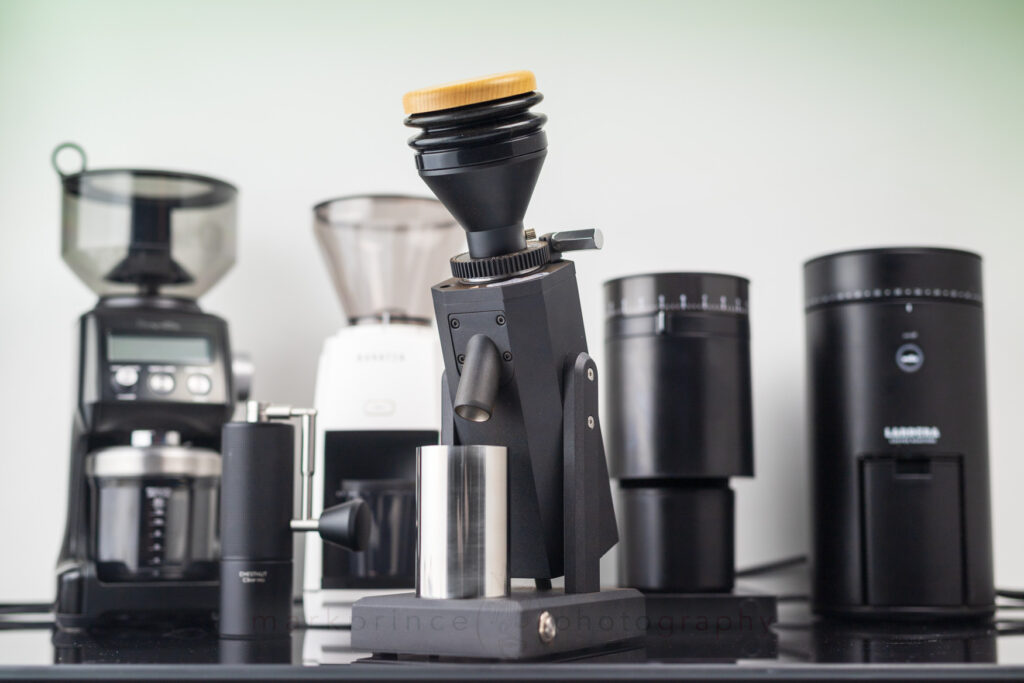
Brand Perception and Pricing Strategy
Brand perception plays a crucial role in determining the price of an espresso grinder. Some brands are associated with premium quality, while others cater to budget-conscious consumers.
Premium vs. Budget Brands: What Justifies a Higher Price?
Premium brands invest heavily in research and development, ensuring that their products are built to the highest standards. This commitment to quality, coupled with the use of superior materials, justifies the higher price point. Budget brands, while more affordable, may cut corners in areas like motor quality or burr design, affecting long-term performance.
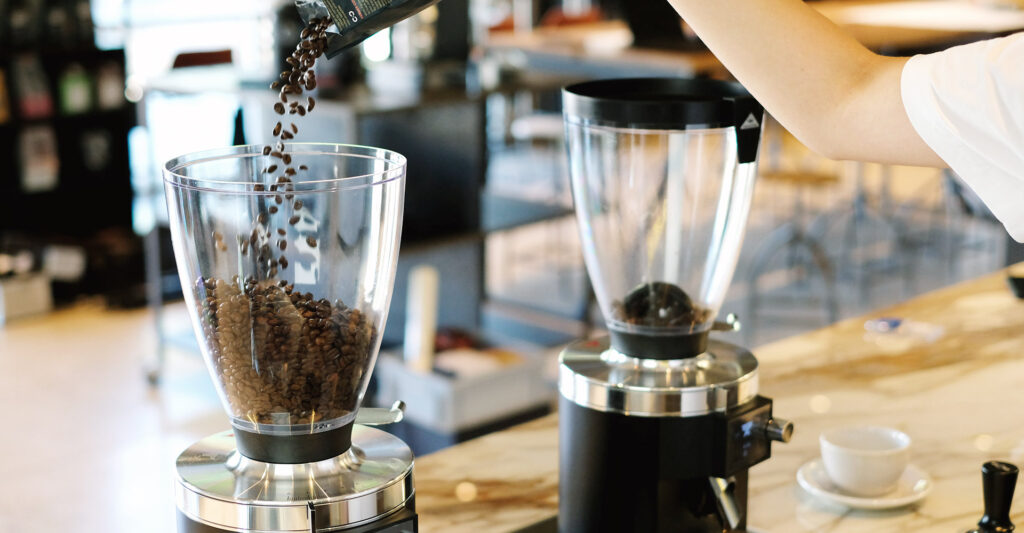
Marketing and Brand Loyalty: Do You Pay for the Name?
In many cases, you’re not just paying for the product but also for the brand’s reputation. Companies with a strong heritage and a loyal customer base can command higher prices due to perceived value, even if the difference in performance is minimal compared to lesser-known brands.
Why Some Espresso Grinders Retain Their Value Over Time
Investing in a high-quality espresso grinder can be financially rewarding in the long run. Unlike cheaper models, premium grinders tend to retain their value and even appreciate over time.
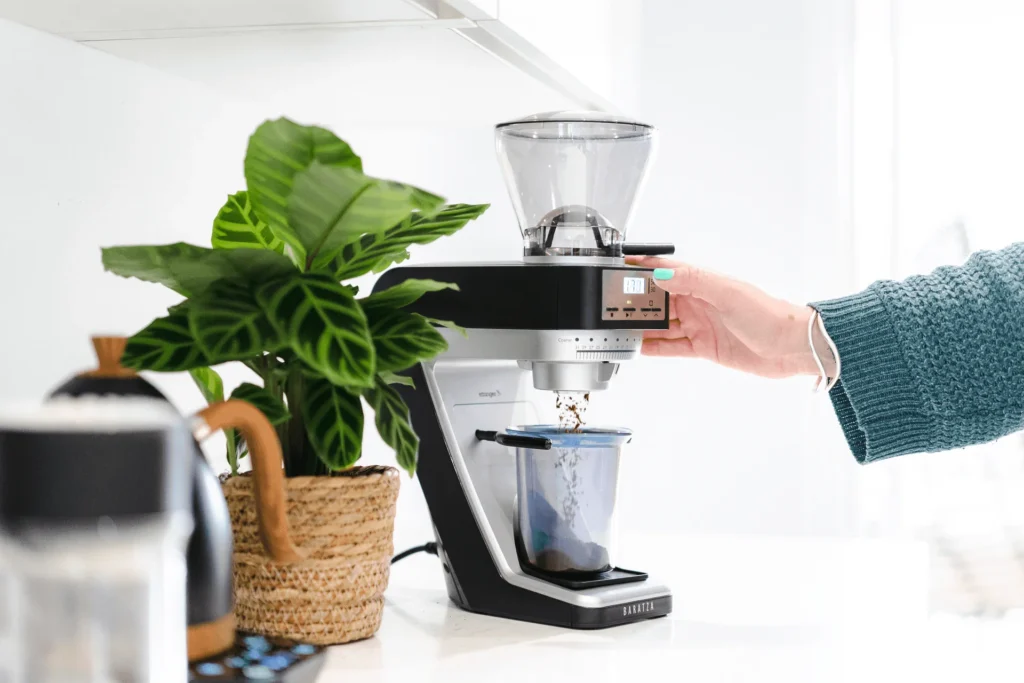
Resale Value of High-End Grinders
High-end grinders are often in demand on the second-hand market due to their durability and brand reputation. This makes them a safer investment, as you can recoup a significant portion of your initial cost if you decide to upgrade.
Longevity and Maintenance: Are They Worth the Investment?
Premium grinders are built to last, often with replaceable parts and robust designs that withstand years of use. This longevity, combined with routine maintenance, ensures that the grinder continues to perform optimally.
- Routine Maintenance and Part Replacement The availability of replacement parts and ease of maintenance are key factors that affect an espresso grinder’s long-term value. High-end models are designed with serviceability in mind, allowing for easy part replacement and routine maintenance.
- Impact of Warranty and Customer Support A strong warranty and reliable customer support further add to the grinder’s value. Top brands back their products with extended warranties, providing peace of mind and assurance of quality.
Is an Expensive Grinder Worth the Money? A Buyer’s Guide
When choosing an espresso grinder, it’s important to assess its quality based on your specific needs.
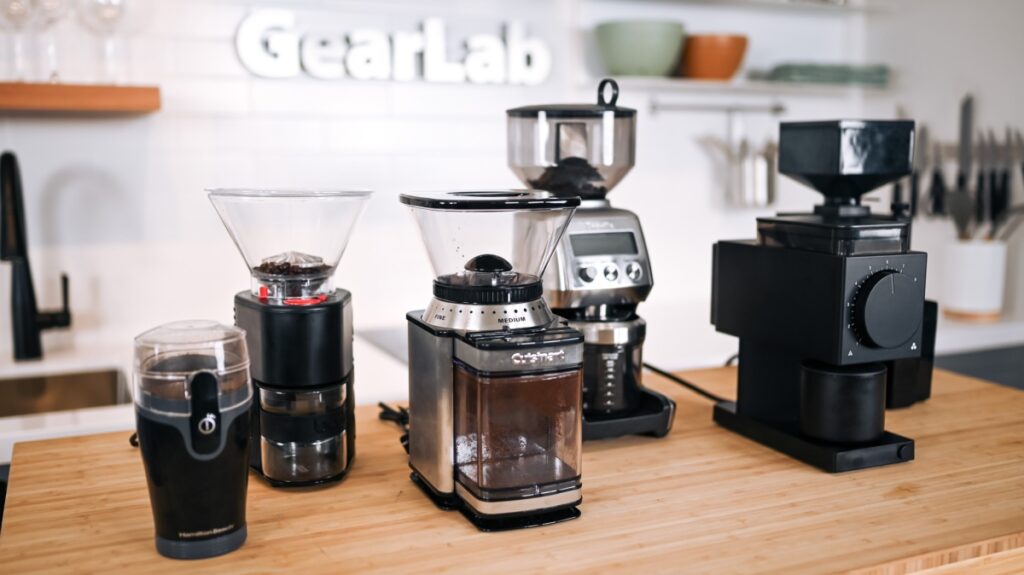
- How to Assess Grinder Quality Based on Your Needs
- Consider factors like grind consistency, ease of use, and build quality. If you’re an espresso purist, investing in a high-end model with ceramic burrs and programmable dosing might be worthwhile. For casual use, a reliable mid-range grinder should suffice.
- Best Value Espresso Grinders: What to Look For
- Look for grinders that balance quality and price. Key features to prioritize include burr quality, motor durability, and ease of cleaning.
- Top Brands to Consider for Quality and Performance
- Brands like Mazzer, Baratza, and Rancilio are known for their exceptional quality and performance. These brands have established themselves as leaders in the espresso grinder market, offering models that cater to both commercial and home users.
Conclusion: The True Value Behind Espresso Grinder Prices
In summary, the high cost of espresso grinders is justified by the precision engineering, advanced features, and superior build quality they offer. While cheaper models may suffice for casual coffee drinkers, serious espresso enthusiasts will appreciate the consistency and longevity of a premium grinder. Ultimately, investing in a high-quality espresso grinder is about more than just the initial cost—it’s about ensuring an exceptional espresso experience for years to come.
Meta Description: Discover why espresso grinders are so expensive. Learn about the engineering, materials, and features that justify their cost. Find out if a premium grinder is worth the investment.
Disclosure: Our blog contains affiliate links to products. We may receive a commission for purchases made through these links. However, this does not impact our reviews and comparisons. We try our best to keep things fair and balanced, in order to help you make the best choice for you.





